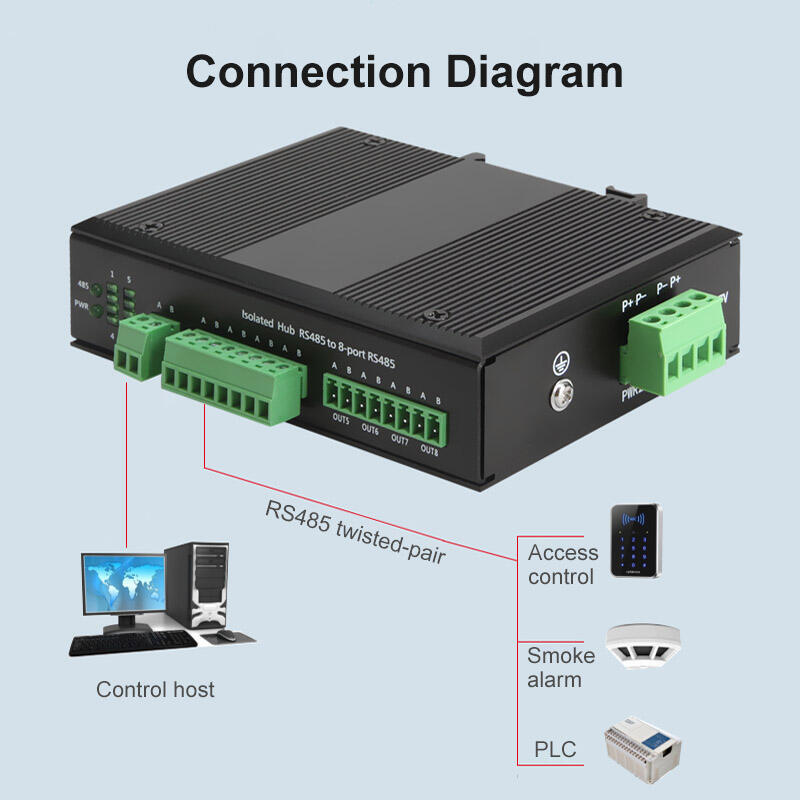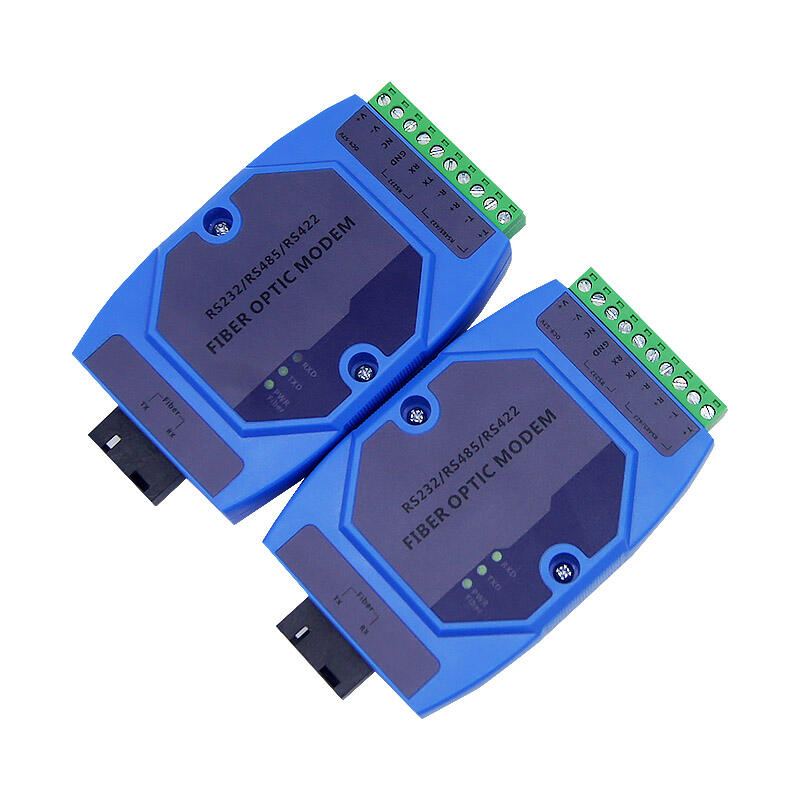
RS485 օպտիկական փոխարկիչը RS485 կապի տիրույթը ընդլայնելու հիմնարար բաղադրիչ է, որը էլեկտրական իմպուլսները փոխարկում է օպտիկական իմպուլսների՝ հարթակային օպտիկական ալեհավաքներով փոխանցման համար: Շենժենի Դաշենգ Դիջիթալ ընկերությունը, որն ունի խորացված փորձ օպտիկական թելային կապի ոլորտում, արտադրում է բարձր կատարուղանիշ RS485 օպտիկական փոխարկիչներ, որոնք հնարավորություն են տալիս փոխանցումը իրականացնել մինչև 120 կմ միատեսակ մանրաթելով, ինչը զգալիորեն գերազանցում է ավանդական պղնձե ալեհավաքների սահմանափակումները: Այս փոխարկիչները աջակցում են RS485 պրոտոկոլի դիֆերենցիալ իմպուլսներին, ապահովելով հուսալի տվյալների փոխանցումը արդյունաբերական աղմուկային միջավայրերում, որտեղ էլեկտրամագնիսական միջամտությունը խնդիր է: Այս փորձառու գործարանի RS485 օպտիկական փոխարկիչները ունեն տարբեր տեխնիկական բնութագրեր և աջակցում են հարմարեցմանը, թույլատվելով հարմարվել համակարգված կիրառություններին՝ համակարգային անվտանգության, արդյունաբերական ավտոմատացման և տրանսպորտային համակարգերում: Կառուցված որակի ապահովմամբ, ընտրովի մասերի միջոցով, այս փոխարկիչները ապահովում են հեշտ տեղադրման և սպասարկման հնարավորություններ: Ե it թե գործարանում հեռավոր զգայունական սենսորների միացումը, թե մեծ կառույցներում հսկողական տեսախցիկների միացումը, RS485 օպտիկական փոխարկիչը տրամադրում է հզոր և արդյունավետ լուծում, օգտագործելով օպտիկական թելերի առավելությունները՝ բարձր շիրավորման հզորություն, ցածր ուշացում և հզոր հակամիջամտություն, որպեսզի բարելավվի ընդհանուր կապի կատարումը:
